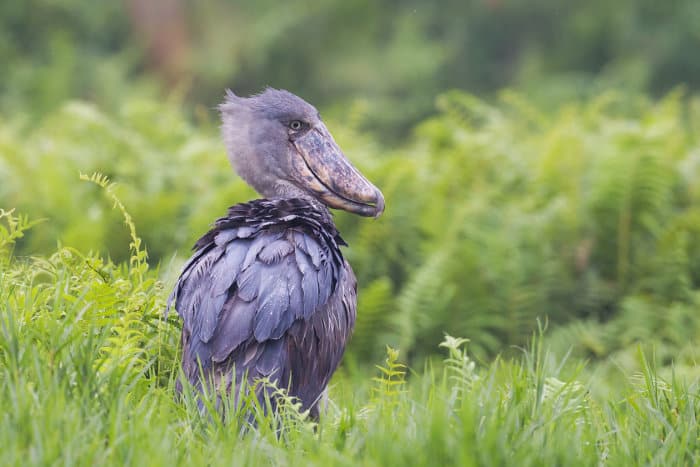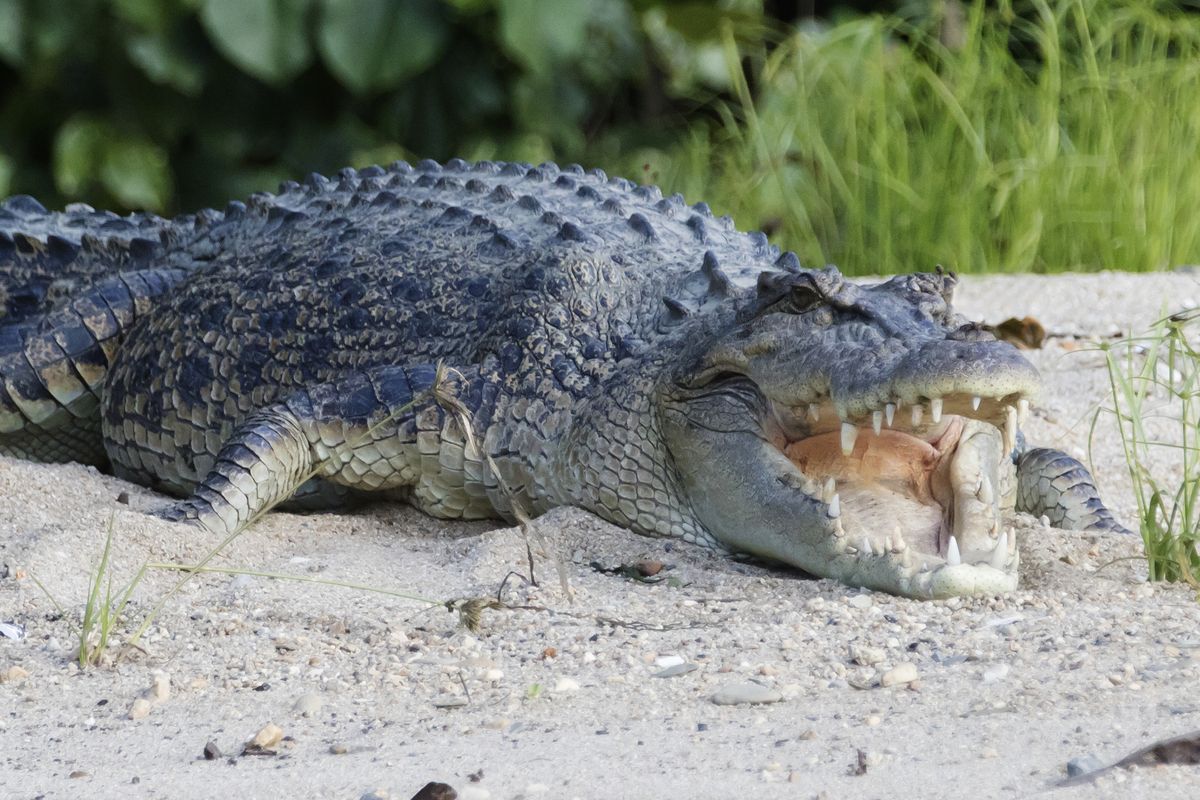
A food source needs to be within reasonable flying distance, approximately 50 kilometres. The male gathers most of the sticks for a nest 10 to 30 metres off the ground, lining it with twigs and green leaves. Whenever one of the pair returns to the nest, an “up-down display” is performed: wings are held away from the sides and the head is pumped. If she’s persistent enough, the male will accept her and she’ll inflate her pouch, again a sign of dominance to other marabous in the vicinity. She demonstrates this with a “balancing display”, her body horizontal, neck extended and bowed downward, wings spread. A female, seeking a mate, will be submissive. Its gular sac is inflated as a courtship display and a show of dominance and hostility to intruders. As breeding time nears, the male establishes a territory. In the rest of the tropics, the dry season is favoured because, with water levels lower, fish and frogs are easier to catch. In the equatorial zone, breeding may take place at any time because of the variability of rainfall. The face and forehead become blackish red. The white undertail coverts elongate into a fluffy flamboyancy (lepto translates from Greek as fine ptilos as feather). The breeding season is the height of this stork’s attractiveness. Juveniles have wooly down on their head, black plumage and a smaller bill. The legs and feet appear to be white because of excrement. This contrasts with the thick, downy, off-white feathering of the underparts. The wings are glossed with green while the back and mantle are glossed with blue. The wings, back and tail are a slaty grey. A ladder of white bands forms on the edges of the cloak, the greater secondary coverts. This bird is also referred to as the “undertaker bird”, the name originates from its cloaked appearance when viewed from behind as well as its hunched head, tufts of white hair on the nape, and long, skinny legs.

The outsized bill ranges from horn-colored to greenish yellow. The neck and gular sac are pink or magenta. A few sparse hairlike feathers are scattered over the crown and neck. It is usually hidden by the white ruff that encircles much of the lower neck. At the base of the nape there is another air sac, crimson in colour, with a diameter of 10 to 15 cm that can inflate to seven cm high. They also dot the gular sac that hangs down anywhere from 25 to 35 cm when inflated.

The marabou stork’s orange-red head has black spots that are concentrated towards the forehead and base of the bill.


 0 kommentar(er)
0 kommentar(er)
